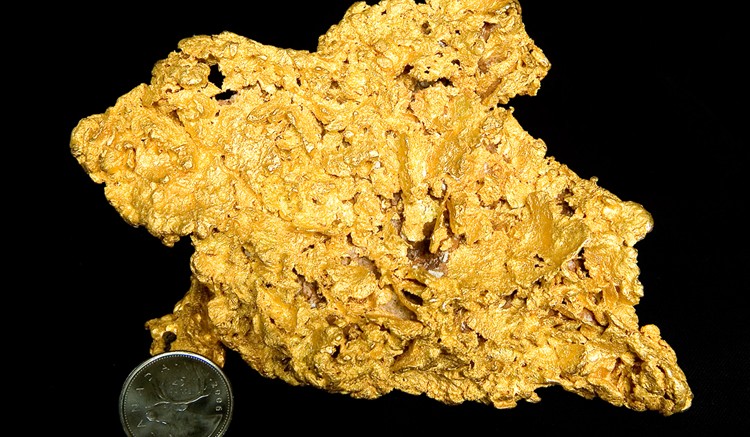A study on executive compensation by the Canadian Centre for Policy Alternatives says the 100 highest-paid CEOS working at companies listed on the Toronto Stock Exchange in 2015 earned the average annual Canadian wage before noon on Jan. 3, the first working day of that year.
“Total compensation for Canada’s 100 highest-paid CEOs in 2015 hit a historic high, registering at $9.5 million — 193 times the average industrial wage in Canada,” the study’s author Hugh Mackenzie writes, noting that the average earnings rate for Canadians in that year was $49,510.
In addition, the average earnings of Canada’s corporate top 100 jumped 178% between 1998 and 2015, the economist pointed out, or from $3.4 million per year in 1998 to $9.5 million in 2015.
“Public outrage over the CEO pay gap hasn’t curbed corporate boards’ enthusiasm for lining the bank accounts of their executives,” Mackenzie writes. “‘Say on pay’ votes were supposed to deliver cautionary messages about pay, but those votes are simply advisory and boards are free to ignore them, and usually do.”
Of the 100 CEOs whose total 2015 compensation was published in the report, 14 came from the mining sector, and of those, six were among the list’s top 50.
Charles Magro of Agrium (TSX: AGU; NYSE: AGU) ranked 21 on the list; Robert A. Gannicott1, former CEO of Dominion Diamond (TSX: DDC; NYSE: DDC), ranked 22; Donald Lindsay of Teck Resources (TSX: TCK.A, TCK.B; NYSE: TCK) ranked 23; Charles Jeannes2 of Goldcorp (TSX: G; NYSE: GG) ranked 27; Sean Boyd of Agnico Eagle Mines (TSX: AEM; NYSE: AEM) ranked 38; and Paul Wright of Eldorado Gold (TSX: ELD; NYSE: EGO) ranked 50.
In the bottom 50 of the top 100 were Kinross Gold’s (TSX: K; NYSE: KGC) J. Paul Rollinson, (No. 58); Cameco’s (TSX: CCO; NYSE: CCJ) Tim Gitzel (No. 59); Novagold Resources’ (TSX: NG; NYSE-MKT: NG) Gregory Lang (No. 65); Silver Wheaton’s (TSX: SLW; NYSE: SLW) Randy Smallwood (No. 73); Barrick Gold’s (TSX: ABX; NYSE: ABX) John Thornton3 (No. 88); First Quantum Minerals’ (TSX: FM; LON: FQM) Philip Pascall (No. 90); Potash Corp. of Saskatchewan’s (TSX: POT; NYSE: POT) Jochen Tilk (No. 97); and Pan American Silver’s (TSX: PAA; NASDAQ: PAAS) Geoffrey Burns4 (No. 99).
The Canadian Centre for Policy Alternatives’ study noted that of the $9.6 million average CEO pay in 2015, $1.1 million was base pay; $1.8 million was bonus; $4.3 million was grants of shares; $1.5 million was the value of grants of stock options; $316,000 was the value of increased pension earned; and $530,000 was “other” sources of income, like benefits and perks.
In the subset of mining CEOs, total compensation ranged from the highest — $10.2 million earned by Agrium CEO Magro — down to the lowest, which was $3.7 million earned by Pan American Silver’s Burns.
The study put forth several recommendations to close the wage gap, among them taking compensation decisions “out of the hands of the board of directors entirely, by making shareholder votes on pay mandatory rather than advisory.”
A second “less dramatic” recommendation, Mackenzie says, is changing “the accountability of compensation advisors to make them accountable to shareholders rather than to the board, like auditors.”
But “in the absence of corporate board leadership,” Mackenzie writes, “it falls to government” to make changes.
Options include the government ending “the special tax treatment for proceeds of stock options in the personal income tax system,” Mackenzie argues, noting that “income earned through stock options is taxed at half the rate of ordinary income — a tax break that is worth billions to Canadian executives.”
Higher top marginal tax rates on all earners is another option, he reasons, and “would serve to dampen down the incentive to demand higher compensation, regardless of the form in which it is provided.”
A third possibility is changing the tax treatment of stock grants, “which have become an engine of compensation growth, both in Canada and the United States.
“Grants of stock are appealing to executives because the value that accrues after the grant is taxed as a capital gain [at half rates] and to corporations, because they simply issue new shares rather than dip into the company’s cash flow,” Mackenzie says. “A broader reform of capital gains taxation to even the tax playing field for all forms of income would dampen down enthusiasm for stock grants as a form of compensation.”
From the perspective of corporations, he adds, “requiring public corporations paying executives using stock to pay them with stock bought in the market, rather than through new issuance, would change the way these compensation practices look to investors.”
Finally, the government could introduce a tax penalty into the Income Tax Act “so that pay in excess of a given ratio to average pay would be subject to a tax penalty,” he suggests.
The pay gap in 2015 — the top-100 CEOs earned 193 times more than the average wage in Canada — was the second-highest pay gap ratio in a decade. The highest pay gap in the 10 years studied was 194 times, in 2013.


Be the first to comment on "14 of 100 highest paid Canadian CEOs are miners, study says"